Not everyone is cut out to be a parent, and in the animal kingdom, they might not know it until they become a parent. There are also plenty of circumstances where the parents are faced with starvation, predator attacks, or bad weather and need to make tough decisions regarding their families. Some animals are willing to sacrifice their children in the name of survival! After all, the game is called survival of the fittest in the animal kingdom.
Being a parent is hard work no matter who you are, but for some animals, it can be a death sentence to have more mouths to feed. They might face losing all of their young if one is handicapped and slows the others down. The animals can become easy targets for predators when they are waiting for an injured sibling to catch up. Nature isn’t always kind, but it does not follow human laws. It isn’t always easy to witness or understand, but at the end of the day, it comes down to surviving to see another day.
1. Sea Otters

Most of the time, sea otters are very good mothers unless the going gets tough and twins happen.
©Chase Dekker/Shutterstock.com
Sea otters are notorious for many strange activities that are a bit hard to swallow for us humans. This is something we do not and will likely never understand because we are not in a winner-take-all game of the survival of the fittest. First off, the males sometimes kill other animals in a forcible sexual manner. We’re talking sweet, innocent seal pups and other small like-sized animals. The male otters also have a violent way of mating that leaves the female injured or dead!
It is rare, but sometimes, a mother sea otter will give birth to twins and will abandon one pup. Mother otters are very devoted and loving mothers who spend a great deal of time with their pups. They hold hands with them or wrap them in kelp leaves so they do not float away while napping or while the mother hunts. They spend many hours a day grooming their pup and teaching it to swim.
There is one very sad bit of parenting that mother sea otters are sometimes faced with, and that’s feeding and caring for two pups at once. It may not sound difficult since plenty of animals and humans have two children at once and do just fine. Imagine living the life of a sea otter. They spend almost their entire lives in frigid water in places like Alaska, where they can be consumed by starving predators at any given moment. Food can be scarce, and it is very difficult to hunt, groom, protect, and raise one pup since the mother otter is on her own with all of it. Daddy Otter is not in the picture.
2. Hamsters
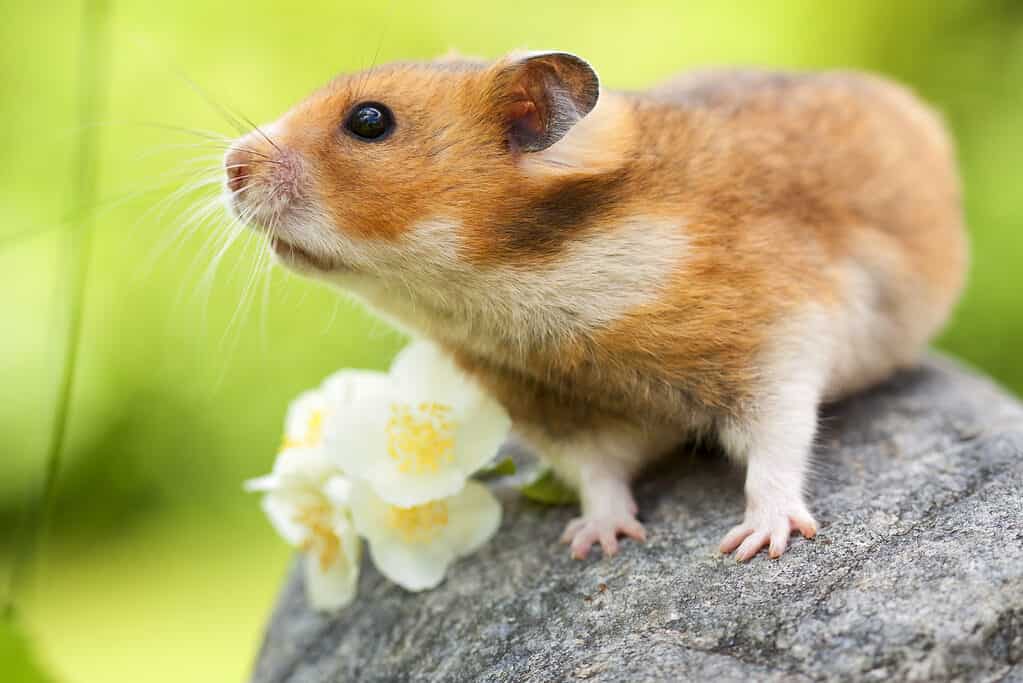
Syrian hamsters are notorious for becoming stressed and eating their babies.
©Anastasia Solovykh/Shutterstock.com
Hamsters are another animal that looks adorable and innocent but can turn the tables on their young in a flash. Mother hamsters are known to eat their babies from time to time. This can be the case will most rodents, too. There are several reasons this can happen, and little can be done to avoid it except to keep male and female hamsters separate. Hamsters are solitary animals that are dangerous to house together anyway.
If a hamster who is new to motherhood is stressed by the sudden need to care for so many kids (they can have 20 babies at a time), she may eat them. She will also do this if she is being disturbed too much and her babies are handled. Sometimes, mother hamsters have a strange way of showing their fear, and it can end with her eating her babies. It is important to keep all new mothers in a safe, quiet, stress-free, and unbothered area until the babies are weaned. When the babies are handled by a human, there is also a chance of her consuming or killing them because their scent has changed, and she will become confused.
If the hamster is worried that she will run out of food or that there will not be enough for everyone once they are weaned, she may eat them. When her litter is large and she doesn’t feel able to care for all of the babies, she may eat some so that she can care for the others. It seems harsh, but again, it’s the survival of the fittest.
3. Chimpanzees
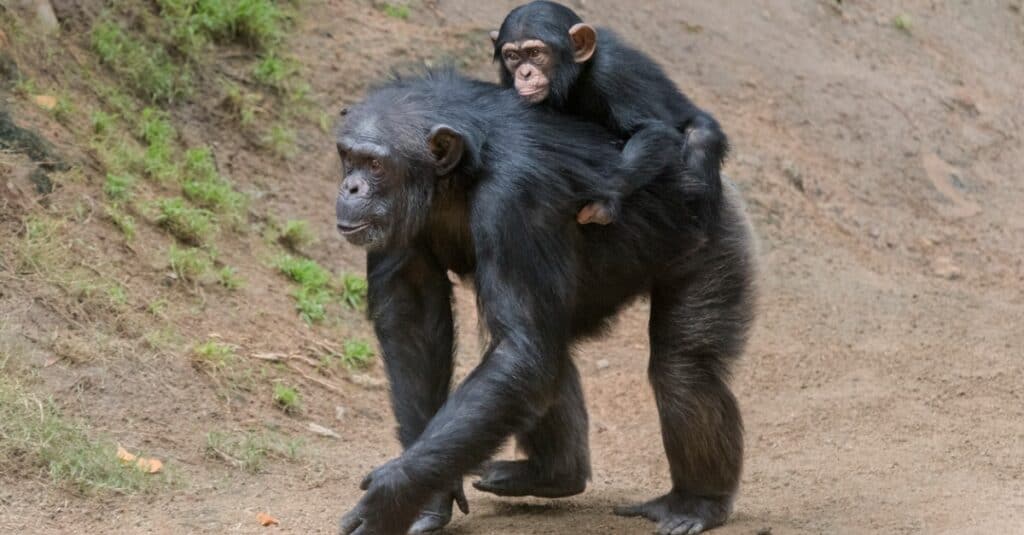
Chimpanzees are the most violent of the primates.
©iStock.com/JeannetteKatzir
Primates as a whole take part in an act called infanticide. This is when adults kill the offspring of another adult. This can happen for several reasons, with one being that there isn’t enough food or other resources to go around. The higher-ranking primates may take this out on lower-ranking primates’ babies. There is also the case when a male chimpanzee rises quickly in rank; they will kill infants that they did not father to replace them with babies they fathered. This is seen in many types of animals and though horrifying to us, it’s just the way it goes in the survival of the fittest.
Chimpanzees have also been witnessed eating their babies. Most of the time, it is because the baby was born dead or died shortly after birth. Sometimes, it may have to do with the mother starving and having no way to provide for her baby. There is a lot that goes on in primate societies, and it isn’t fully understood why they kill babies.
4. Harp Seals
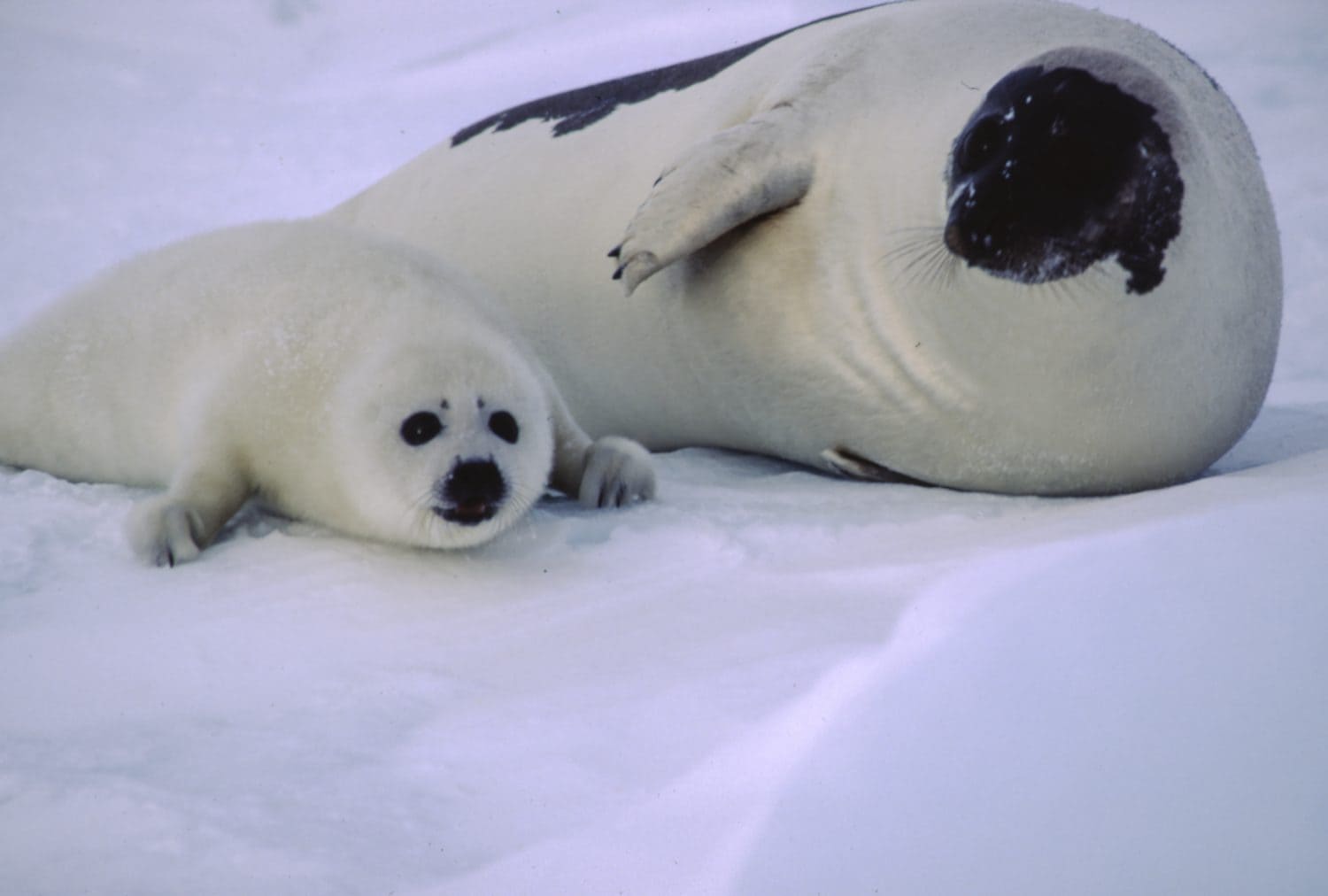
Harp seal mothers leave their pups on ice floating in the ocean to mate again.
©William Roggero/Shutterstock.com
Another contender in the battle of the worst parent is the harp seal. The mother seal will give birth on ice floats and stays with her pup for up to 12 days as the pup fattens up. The milk starts as 25% fat and continues up to 40% by the end of their time together. The mother does not eat or leave the pup for those 12 days, but once it’s over, she’s gone.
Luckily, the pup goes from 22 to 80 pounds within the short time frame, so they’re able to stay warm. The pup will lay alone on the ice float without knowing how to swim or hunt. The mother leaves to go back to join the massive mating party that sometimes includes 1000 other seals. Then, she will do it all over again. More than 30% of harp seal pups do not make it past their first year. Sometimes, they are eaten by polar bears, eagles, coyotes, sharks, or killer whales. Other times, they drown, starve, or meet their end in another unfortunate way.
5. African Lions
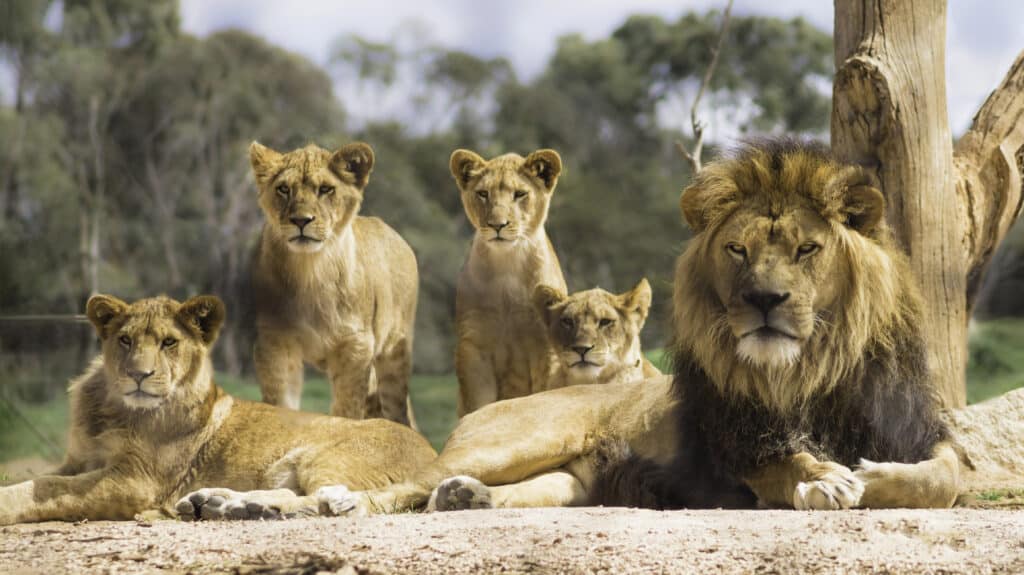
Lions, like many other mammals, all follow one dominant male.
©Teresa Moore/Shutterstock.com
African lions follow a trend that many mammals do; the dominant male rules over all, even the cubs of the former dominant male. Since he wants only cubs carrying his lineage around, he starts fresh when taking over the pride of another male. The new dominant male will kill all cubs from the previous male to start fresh.
It is very grim and surely makes for many heartbroken females grieving for their cubs. They cannot stand up to the new male, or he could kill them. By killing all cubs under a year old, the male lion brings the females back into estrus, which means he can then mate with them. This is how his lineage will be passed down. It’s a grisly feature of the survival of the fittest in the wild kingdom.
6. Bison

Bison aren’t the worst parents, but abandonment is still a pretty horrible thing to do.
©Filip Fuxa/Shutterstock.com
Everyone remembers May 2023 when a person in Yellowstone saw a calf struggling without its mother. They decided to be a kindhearted citizen and “save the calf.” Sadly, this wasn’t the case. Once the mother smelled the calf, she would have abandoned it, and the herd would have done the same. This is because of the smell of humans on the calf. A bison wouldn’t be able to understand whether or not the calf was a threat to the herd.
Sometimes, a bison is an inexperienced mother and will abandon her calf, which will be eaten by a predator or will starve. Other times, the mother bison may abandon a calf when she has twins because one of the twins will bully the other and will grow faster and may not let the other twin have any milk. If this is in the wild, the calf will die without its mother.
7. Cuckoo Birds
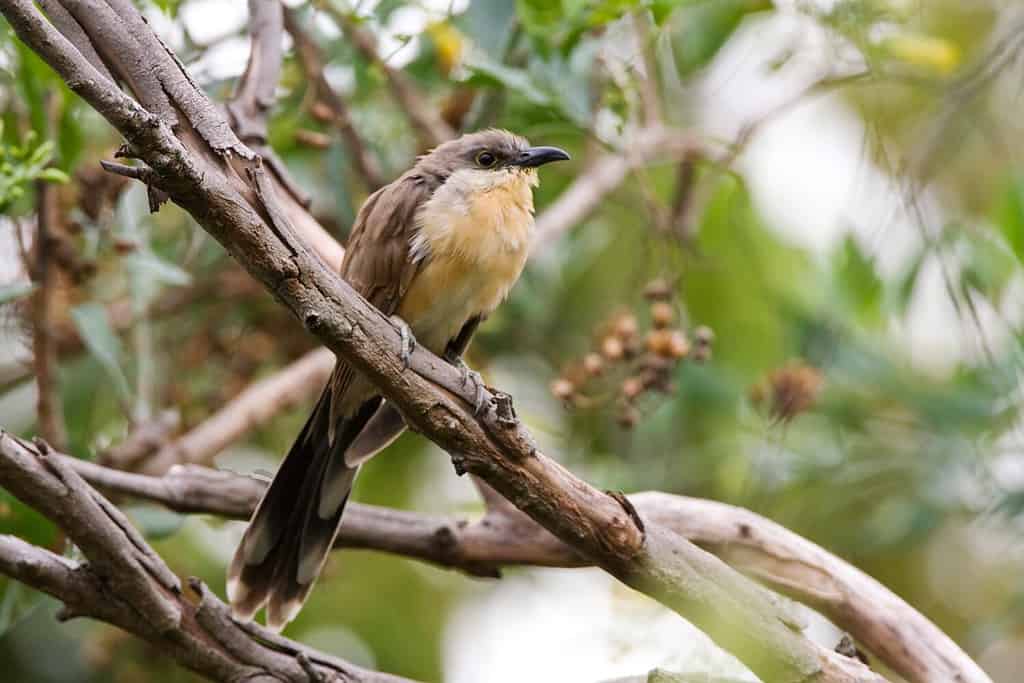
Mother cuckoo birds are sneaky and escape parenthood altogether.
©Traveller MG/Shutterstock.com
When a cuckoo needs to lay eggs, she does so in a different type of bird’s nest. She skips the entire job of parenting and gets to continue down the road of a single life. She never sees her hatched chicks. This isn’t even the worst part. Once the cuckoos are in the nest, they hatch earlier than the other birds, grow faster because of it, and steal food from the other chicks and force them out of the nest. Not a very nice thing to do to a new mother who actually did all the work and now gets to lose her chicks because of the imposter chicks. After all, it comes down to one primal law: the survival of the fittest.
8. Spiders
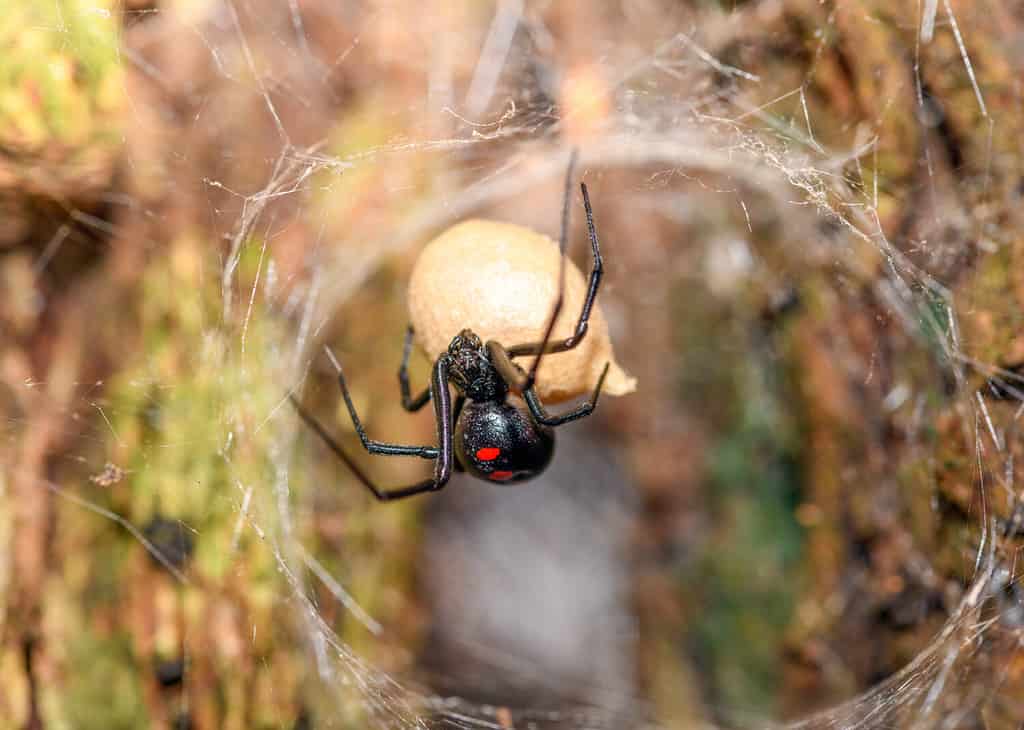
Some spiders are great mothers, while some are not.
©Jeff W. Jarrett/Shutterstock.com
Most of the time, spiders are great moms willing to go above and beyond to care for their eggs and spiderlings. Some spiders even die so the spiderlings can eat her for nourishment and get bigger before embarking on their adventures. Wolf spiders carry the egg sac in their mouths until it gets ready to hatch, then they help the baby out of the egg sac and have them climb onto her back for a week or more while they get bigger and stronger.
On the other hand, some mother spiders are not nutritionally ready to have spiderlings. After sitting on her eggs for a while, guarding them, she may eat them. They provide a lot of nutrition that the spider would lose and become too weak to live after sitting with her eggs for weeks. Other times, the spiderlings will hatch and come out of the sac only to be snacked on.
9 – 10. Cats and Dogs

Female cats may mate with multiple males, so this litter of kittens may have multiple fathers.
©iStock.com/bozhdb
Cats and dogs are both capable of being excellent and receptive parents to their helpless infants. Sometimes, they can go the other way and be awful. In many situations, it can be understandable why cats and dogs handle parenting the way they do. With new mother situations, the mother might not have a home and could still be a juvenile herself. In that case, the mother may be scared and not have a good understanding of what’s happening.
Because of her immaturity, she may not know to lick the faces of the kittens/puppies to clear their airways, and they may die. She could also not understand how to just detach the umbilical cord and may eat the entire puppy/kitten. The mother could be homeless, in poor health, and starving to death. In that case, it is unlikely she will have milk, and her babies will die. If she dies giving birth, they will die. If she is starving to death and too weak to hunt for food, she will eat them. The mother may eat them if she is in a high-stress situation, the environment is poor, or if the people who own her are cruel. She wants to survive, and it always comes down to the survival of the fittest, whether we like it or not.
11. Giant Panda Bears

Giant pandas can’t be blamed for failing as a parent.
©plavi011/Shutterstock.com
Mother giant pandas don’t do a great job with half of their children. They live off bamboo, which isn’t very nutritious, and sometimes have two cubs. When that happens, as it often does, the pandas must make a difficult decision. Then, choose to ignore the weakest cub and let nature take its course. The mother panda feeds the stronger cub plenty to continue to grow strong and healthy while leaving the weaker runt to watch and slowly dehydrate and starve to death. Survival of the fittest is a hard way of living.
One thing is sure: Mother pandas do not have it easy and are solely responsible for their cubs. The little cubs require constant care. This is likely very hard to do while staying safe high up in a tree. When a cub is born, they are not able to regulate their body temperature and must be cradled against the mother panda to stay warm. They aren’t able to see, crawl, or expel bodily waste for a while. Their eyes will not open until six to eight weeks old. They cannot crawl until they are nearly three months old. The cubs cannot relieve themselves without their mother’s help until the cubs are between three and four months old. That would be impossible for a mother panda to do with two cubs at once.
Parenting is Hard
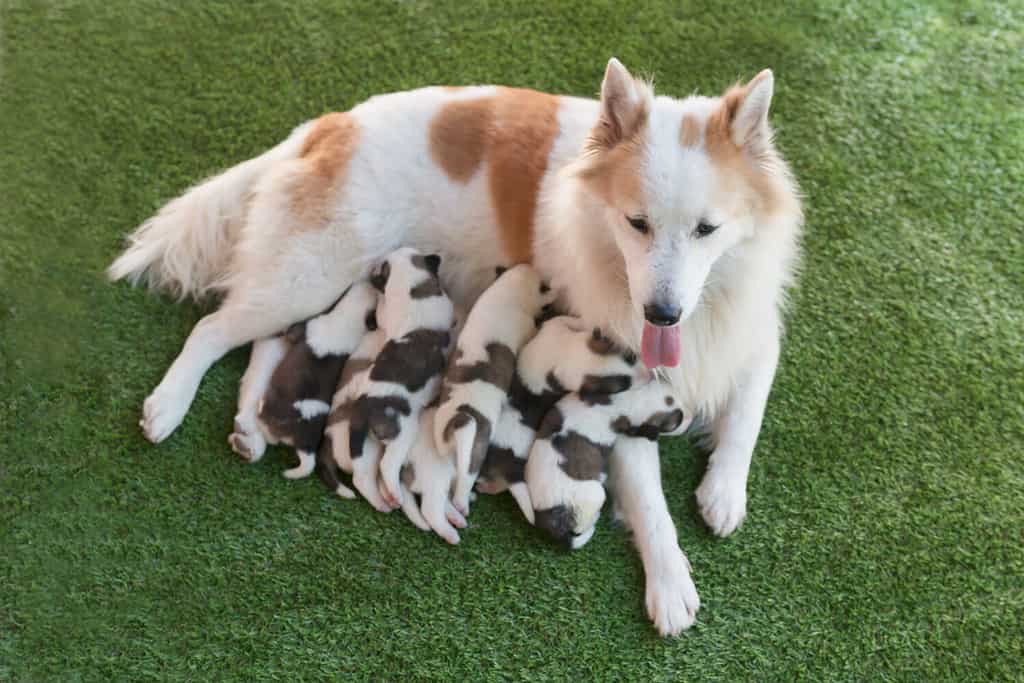
No matter who or what you are, being a parent is always hard work. Be easy with yourself because you’re doing great!
©frank60/Shutterstock.com
Survival of the fittest isn’t for the faint of heart. As humans, we have hospitals devoted to helping and saving our children. We cannot imagine choosing one child over the other twin and letting the weaker one die. As parents, we can’t imagine abandoning our child if someone else touches it without our consent. This is one of many things that separate us from being members of the animal kingdom.
We have grown soft and kind, though it’s not a bad thing. Animals cannot save all of their children, which is why it is so important to focus their nourishment and abilities on the ones who will survive. How tough would it be for a human to choose one twin to ignore or abandon while making sure the other thrives? Nature may seem cruel to us, but it might look differently if we were hunted by a more powerful being and depended solely on our strength and health to survive in this world.
The photo featured at the top of this post is © iStock.com/slowmotiongli
Thank you for reading! Have some feedback for us? Contact the AZ Animals editorial team.







